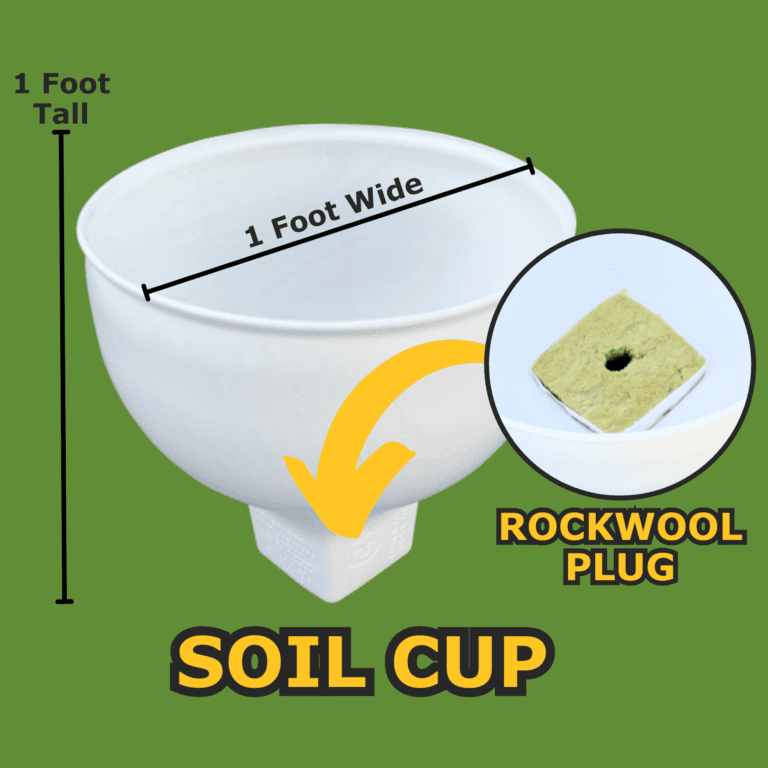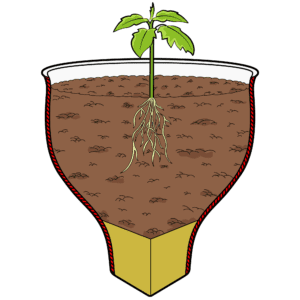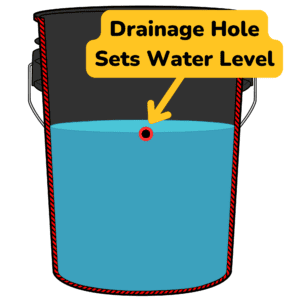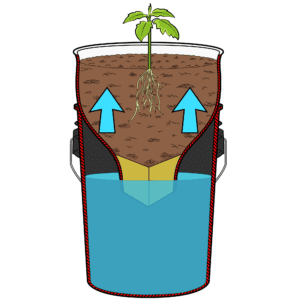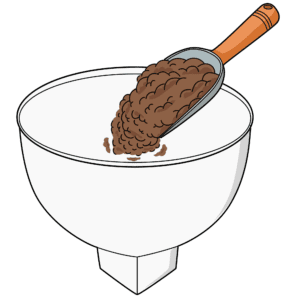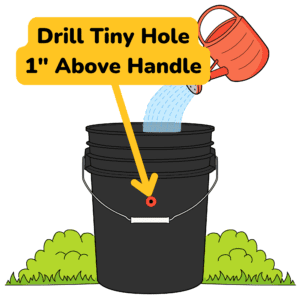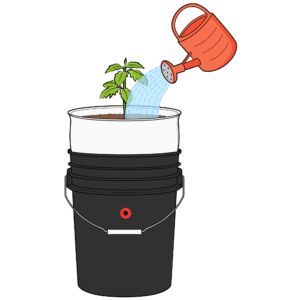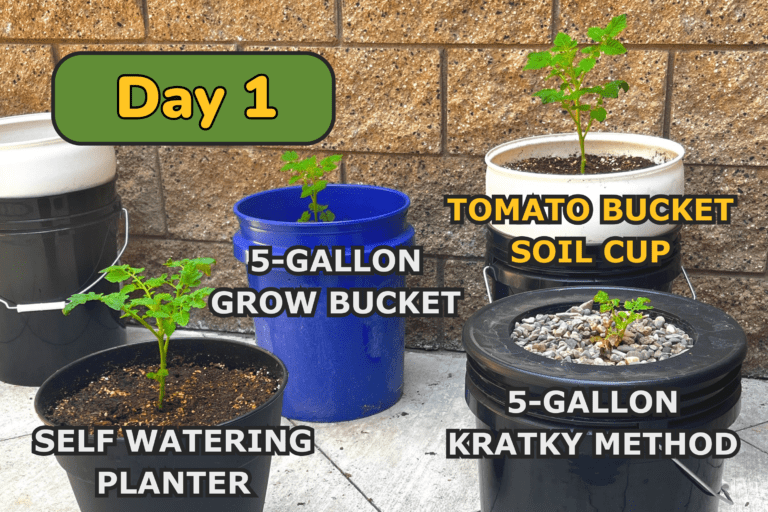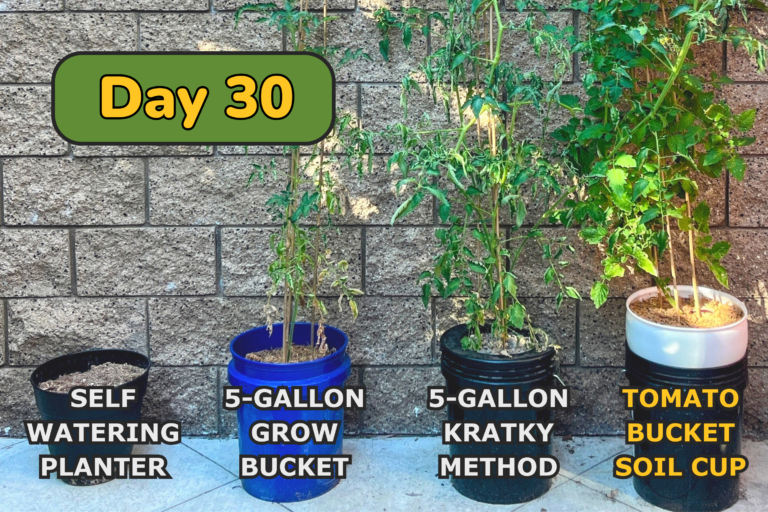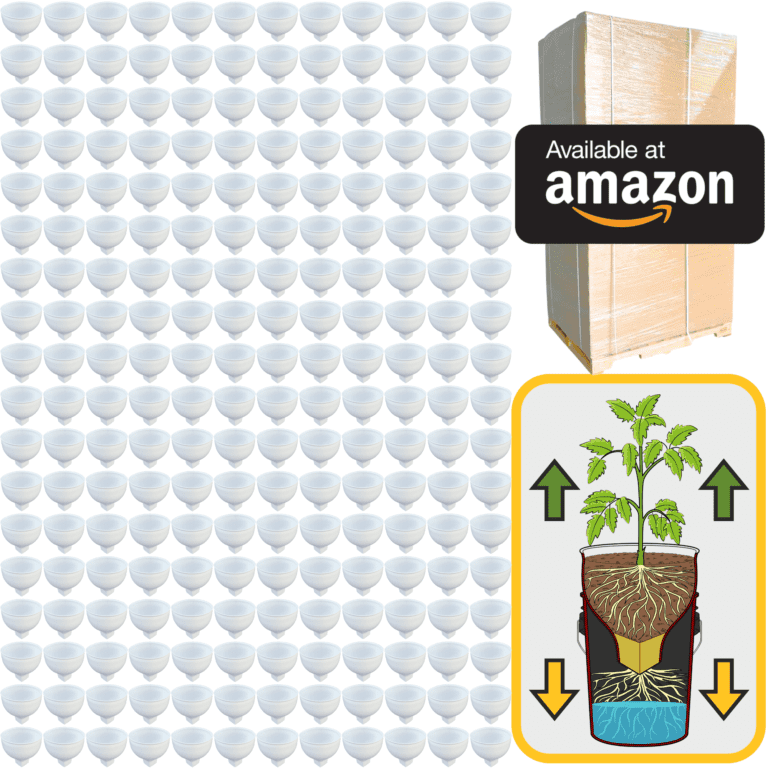Soil is the canvas upon which every cannabis plant paints its story. When we work with soil, we’re not just giving our plants a place to anchor; we’re creating a home full of life, nutrients, and balance. Soil is alive, and it interacts with plants in ways that go far beyond the visible. It’s a whole ecosystem, teeming with organisms that break down organic matter and release the nutrients plants need. A plant that grows in healthy, well-tended soil grows with strength, resilience, and vitality. This chapter is about understanding that soil and learning how to support it so your cannabis plants can reach their full potential.
Choosing the right soil is like setting up a solid foundation for a house. Cannabis likes well-draining soil that’s rich in organic matter, slightly acidic, and loose enough to let roots spread and breathe. Imagine the forest floor, where leaves, twigs, and other organic matter break down over time, creating a soft, rich, and nutrient-filled base. That’s the kind of environment cannabis thrives in. A good cannabis soil is usually a blend of sand, silt, and clay, each part contributing something essential. Sand helps with drainage, silt retains moisture and nutrients, and clay gives the soil structure. Many growers also mix in organic material like compost or worm castings to add extra nutrients and improve the soil’s texture. With the right mix, your soil becomes a thriving ecosystem that supports strong, healthy root growth.
Roots are the plant’s lifeline. They reach out into the soil, absorbing water and nutrients while anchoring the plant. Healthy roots need oxygen as much as they need moisture, so the soil should be loose enough to allow for both. Compact or overly wet soil can suffocate roots, leading to root rot and other issues. Think of the soil as the plant’s partner—it holds everything the plant needs, from water to minerals, and keeps it steady in place. When you give your plant the right soil, you’re setting it up for a healthy life from the very beginning.
Nutrients are another vital piece of the puzzle. Just like people need a balanced diet to stay healthy, cannabis requires a mix of macronutrients and micronutrients. The main nutrients, often called the N-P-K ratio, are nitrogen (N), phosphorus (P), and potassium (K). Each one plays a specific role at different stages of growth. During the vegetative phase, nitrogen is essential for leaf and stem development, helping the plant grow tall and strong. Phosphorus is crucial for root growth and later, during flowering, for bud development. Potassium supports overall health, helping the plant absorb water, resist disease, and develop sturdy cell walls. Together, these three nutrients fuel the plant’s growth and help it transition smoothly from one stage to the next.
In addition to these main nutrients, cannabis also needs secondary nutrients—calcium, magnesium, and sulfur—and a variety of micronutrients like iron, manganese, and zinc. While these are needed in smaller amounts, they are no less important. Calcium helps strengthen cell walls, magnesium is essential for photosynthesis, and sulfur supports various plant enzymes. When these nutrients are balanced, the plant can grow freely and naturally, with vibrant green leaves, strong stems, and healthy buds. Any imbalance, though—too much or too little—can lead to issues, which the plant often shows through yellowing leaves, browning tips, or other visible signs. By observing these signs, you can adjust nutrient levels as needed, ensuring the plant has everything it needs to thrive.
Another essential factor in soil health is pH. pH measures how acidic or alkaline the soil is, and it directly affects the plant’s ability to absorb nutrients. Cannabis prefers a slightly acidic environment, ideally between 6.0 and 6.8 for soil-based grows. If the pH drifts outside this range, certain nutrients become “locked out,” meaning the plant can’t access them even if they’re present in the soil. Regularly testing pH is a simple practice that can prevent many common nutrient issues. Affordable pH meters or test kits make it easy, and adjusting pH is usually straightforward; lime can raise pH, while sulfur can lower it. By keeping pH balanced, you create an environment where the plant has full access to the nutrients it needs at every stage of growth.
For those interested in organic growing, the soil itself becomes the main focus, as organic growers “feed the soil” rather than directly feeding the plant. Adding organic materials like compost, kelp meal, or bone meal enriches the soil with nutrients that break down over time, nourishing the plant in a slow, steady manner. This organic approach also supports the beneficial microbes and fungi in the soil, which help process nutrients and protect the plant from harmful pathogens. In a thriving organic soil system, nature takes over, creating a balanced ecosystem that supports the plant naturally and sustainably. Organic growing is slower but highly rewarding, producing rich, high-quality buds and building soil health over time.
Hydroponics, on the other hand, takes a different approach by eliminating soil altogether. In hydroponic systems, nutrients are delivered directly to the plant’s roots through a water-based solution, which allows for precise control over nutrient levels and pH. The plant grows in an inert medium like coco coir or clay pebbles, which provides structure but no nutrition. All nutrients are provided through the water solution, which means the plant doesn’t have to “search” for its food. This setup often leads to faster growth and bigger yields, as the plant can focus entirely on absorbing nutrients and growing. However, hydroponics requires careful attention to pH and nutrient levels, as any imbalance can quickly impact the plant. It’s a more hands-on approach but can be highly productive for growers who enjoy precision and control.
Whether you choose soil, organic methods, or hydroponics, the key is to create an environment that supports the plant’s needs at every stage of growth. Seedlings, for example, require gentle handling, as they’re just beginning to establish their roots. In this stage, soft, nutrient-rich soil helps them get started. During the vegetative phase, cannabis plants crave nutrients, particularly nitrogen, to fuel their growth. The flowering phase shifts the plant’s needs toward phosphorus and potassium, as it focuses on producing buds. Each stage has slightly different requirements, and by tuning into these needs, you’re setting up your plants for success.
Over time, you’ll start to notice how your plants respond to their environment. Cannabis has a way of “speaking” through its leaves and growth patterns. Healthy, vibrant leaves are a sign of good soil and nutrient balance, while yellowing, curling, or spotted leaves may indicate an issue. Learning to read these signs is like developing a second language—a language that helps you fine-tune the growing environment and adjust as needed. Each adjustment brings you closer to understanding the plant and working in harmony with it.
Growing cannabis is more than just feeding a plant. It’s about creating a partnership with nature, understanding the plant’s needs, and supporting it through the stages of life. Soil and nutrition are the bedrock of this partnership, providing a foundation upon which the plant can grow strong, healthy, and resilient. With each grow, you’ll deepen your understanding and build a connection with the process, transforming your approach from a series of steps into a craft.
As you watch your plants grow, you’ll find yourself tuning in to their rhythm, responding to their needs with a sense of patience and curiosity. This is the heart of cannabis cultivation—working with nature, learning from the plant, and becoming part of its journey. When harvest time arrives, the quality of your buds will reflect the time, care, and knowledge you’ve poured into the soil. It’s a cycle that gives back, a practice that teaches patience and respect, and a journey that offers fulfillment at every turn. Growing cannabis becomes a way to connect not just with the plant, but with the simple beauty of nature’s cycles. And in that connection, there’s something deeply rewarding—a harvest that’s as rich in experience as it is in yield.

